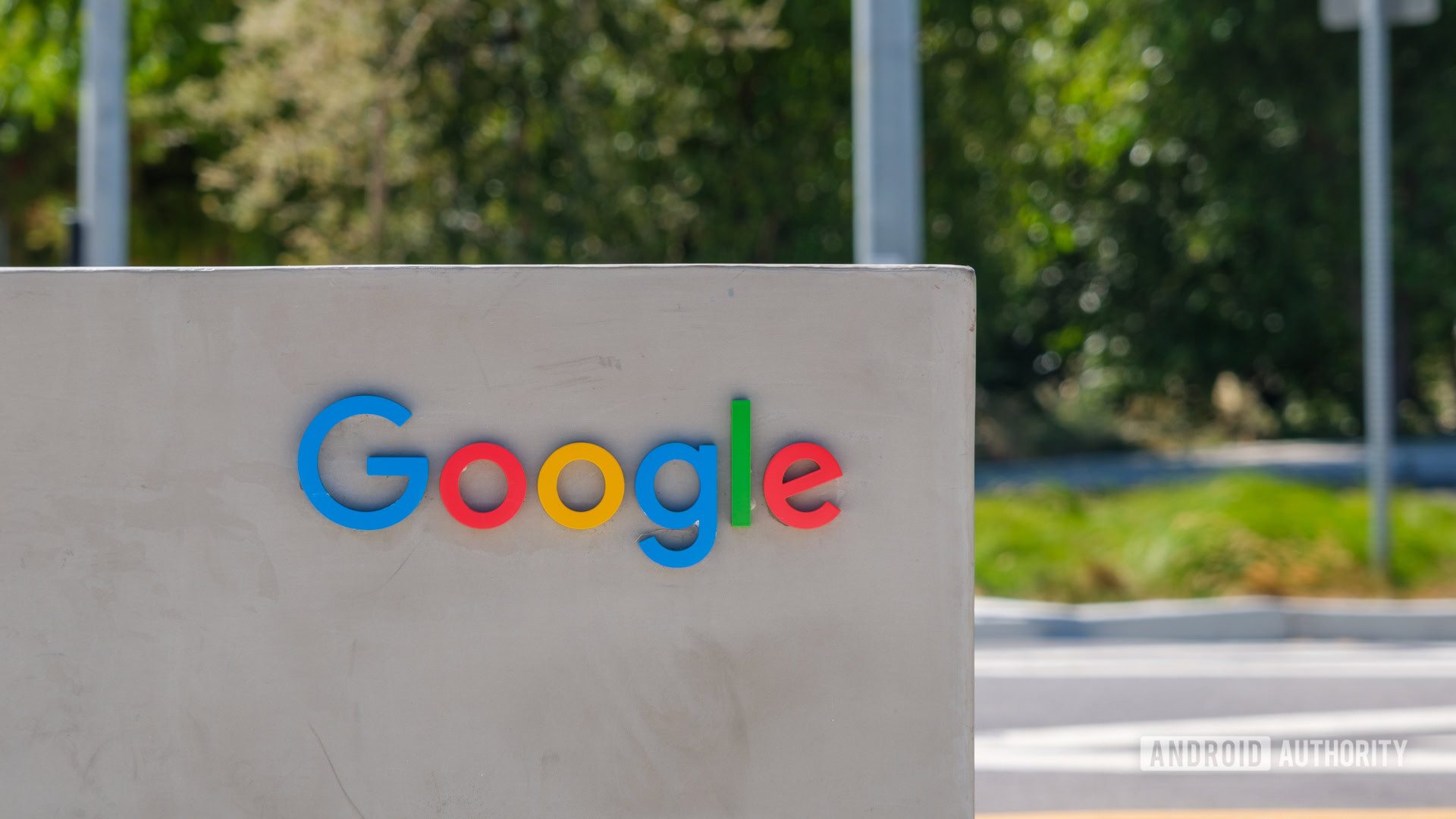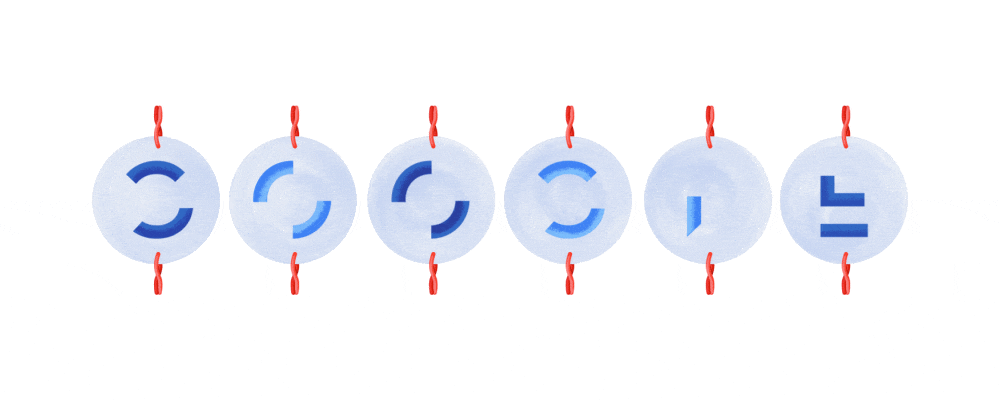
Ryan Haines / Android Authority
TL;DR
- Google’s latest Doodle celebrates World Quantum Day.
- Quantum computers are one of Google’s big research projects, but the fundamentals can be hard to communicate.
- For today’s Doodle, Google uses a spinning thaumatrope disc to communicate the basics of quantum superposition.
When Google’s trying to come up with a theme for its latest Doodle, it’s not like the company is hurting for options. Today for example, April 14, is simultaneously National Pecan Day, National Gardening Day, Cambodian New Year, and a whole lot more. One of today’s celebrations is special for Google in particular because it represents one of the company’s big computational research projects, and in honor of it Google’s got a new animated Doodle.
We’re talking about World Quantum Day, and much like Pi Day last month, this one occurs when it does because of a measurement — in this case, Plank’s constant, which can be expressed as 4.14×10−15 eV·s. That fundamental building block of quantum mechanics gives rise to the systems powering some of Google’s most experimental computers, to say nothing of, you know, existence as we know it.
Quantum mechanics is tricky for even clever folk to understand, but for today’s Doodle, Google is attempting to illustrate one of its core concepts with what’s hopefully a familiar demonstration. You may know about an optical illusion called a “thaumatrope” even if you don’t recognize that word — it’s one of those discs illustrated with maybe a cage on one side and a canary on the other, and when you spin the disc quickly enough, persistence of vision creates the illusion of a caged bird. Here, we get disks that each contain part of a letter in “GOOGLE” on each side:

What does that have to do with quantum physics? Much as the spinning disc attempts to merge those two images into one, qubits in a quantum computer can exist as a superposition of two states simultaneously. It’s just one qubit, but quantum mechanics allows it to effectively exist as two things at once. The computations that sort of flexibility permits are exactly what make quantum computing as powerful (and, arguably, scary) as it has the potential to be.
Of course, none of this does much to help communicate how we’re supposed to use those spinning discs to solve problems while they’re still spinning, but one Doodle at a time, right?


